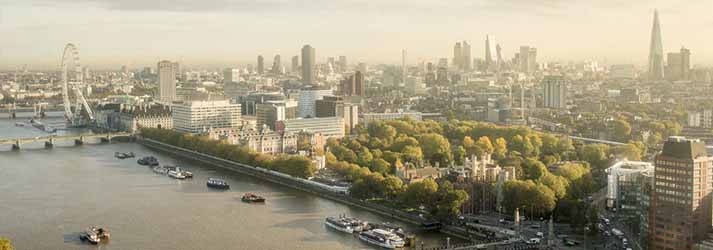UK interest rates were raised to 4.5% – their highest level since late 2008 – at the MPC’s May meeting. The widely anticipated 0.25 percentage point rise in the key base rate was the MPC’s 12th consecutive increase as the BoE seeks to dampen persistent inflationary pressures
- The BoE expects rates to peak around 4.75% in Q4
- UK CPI remained in double digits in March
- The economy has yet to feel the full impact of recent monetary tightening
UK interest rates were raised to 4.5% – their highest level since late 2008 – at the Monetary Policy Committee’s (MPC’s) May meeting . The widely anticipated 0.25 percentage point rise in the key base rate was the MPC’s twelfth consecutive increase as the Bank of England (BoE) seeks to dampen persistent inflationary pressures. The MPC’s decision was not unanimous, with two of the nine members voting to leave rates unchanged.
“Since December 2021, the base rate has risen from 0.1% to 4.5%”
Inflation in the UK remains stubbornly high: the annualised rate of consumer price inflation stayed in double digits during March, easing slightly from 10.4% to 10.1%. Food price inflation has continued to pose a particular problem for consumers and businesses, rising from 18.2% to 19.2% during the period. Although central bank officials believe that inflation will “fall sharply” in April, the decline is likely to be slower and shallower than initially forecast. Consumer price inflation is predicted to be above 5% at the end of the year – well ahead of the BoE’s 2% target.
The BoE believes that the UK economy is set to perform more strongly than previously expected this year, having sidestepped recession. Nevertheless, policymakers consider that the majority of the impact of the current tightening cycle has yet to be absorbed by the economy. Since December 2021, the base rate has risen from 0.1% to 4.5%, and rates are forecast to peak at around 4.75% towards the end of this year.




